Arrivederci Venezia!
After an intense ten weeks of studying at Warwick’s Palazzo Pesaro Papafava in Venice, my time living abroad has finally come to an end. I took a moment to reflect upon my overall experience here whilst crossing the serene lagoon, taking the Alilaguna boat for one last time on my way to Marco Polo airport. Studying abroad has undoubtably been a unique opportunity to embark on an in depth exploration of Italian culture. I have practised my language skills daily and have increasingly become familiar with particular colloquial terms. To a large extent, I am confidently leaving Italy with the knowledge that when I eventually return I will have the ability to not only order food in restaurants and buy tickets for museums and transport but also, most importantly, I can enjoy refreshing conversations with the locals and benefit from their perspectives.
During my final week in Venice I decided to ensure that I had visited all of the beautiful churches which are open to the public. There are many spectacularly-decorated Catholic churches to see: one hundred and thirty nine are spread across the nineteen islands in the lagoon. I have been spoilt for choice for opportunities to view exquisitely ornamented façades and impressive paintings such as those by Titian, Tintoretto and even Veronese on display. However, I had left one of the most intriguing examples of architecture for last. The Church of San Giorgio Maggiore is situated on an island which shares its name and can be seen as a key focal point from the walk to St Mark’s Square, opposite the Piazzetta. A formidable example of Renaissance classicism, the San Giorgio Maggiore was designed by the famous Andrea Palladio during the second half of the sixteenth century and was home to Benedictine monks.
I ventured across to the island on a vaporetto boat and was instantly awestruck by the imposing nature of its massive, white marble columns. These columns are in stark contrast to the entrances of Venice’s other churches, such as the gothic red brickwork of Basilica Santi Giovanni e Paolo. Inside the vast church itself there are high stone ceilings and undecorated walls. Two important works by Tintorretto are exhibited here; The Last Supper and The Fall of Manna. The domed ceiling of the basilican nave, leading to the altar, allows for the bright sun to shine within. Visitors are encouraged to climb to the top of the church’s very tall bell tower which provides stunning views of Venice and its surrounding islands, particularly San Giorgio Maggiore’s neighbour - the Giudecca.
As my term drew to an end in early December, Venice began to welcome in the Christmas spirit. Celebrating the lead up to Christmas in Italy was a truly incredible experience because I was able to become acquainted with typically Italian traditions and Christmas foods. The lights and a pretty Christmas tree were put up in St Mark’s Square, making the atmosphere very warm and cheerful. Cafés began to sell the well-loved Italian hot chocolate, which is much more rich and luxurious than that which we drink back at home in the UK. I also took a special trip to Verona, my newly-found favourite city, to see their excellent Christmas market with my friends. Here I was able to sample frittelle (a fried, doughnut-like flat bread) and also panettone. Both of these treats were very delicious and indulgent! I will certainly be purchasing a panettone for my family to enjoy this Christmas.

Overwhelmingly, I have loved my time exploring Venice and much of Northern Italy this academic term. My greatest highlight has been making lasting friendships with the other History students who also chose to take the Renaissance Stream option. We have bonded over our shared moments of homesickness and endured the difficulty of a perilous aqua alta together, still being able to thoroughly enjoy all the beautiful culture which Venice has to offer. I am confident that I have gained some incredible friends with whom I can reminisce and laugh about the countless memories which we've made together these past ten weeks. All that is left to say is, thank you to the Warwick History Department for giving me this wonderful opportunity, I will cherish it forever. Arrivederci Venezia!

 Samantha Haynes
Samantha Haynes

 Please wait - comments are loading
Please wait - comments are loading
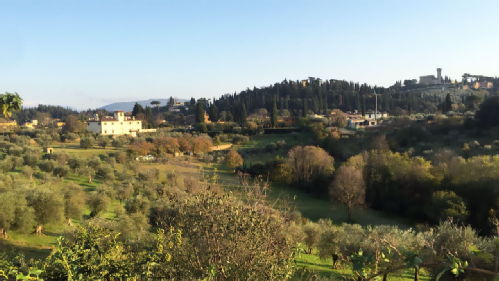
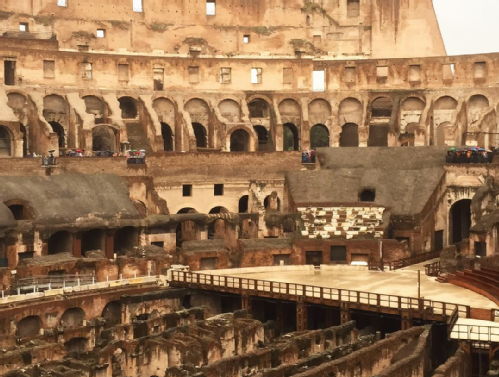
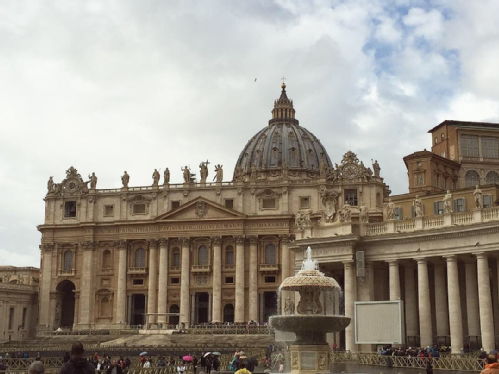
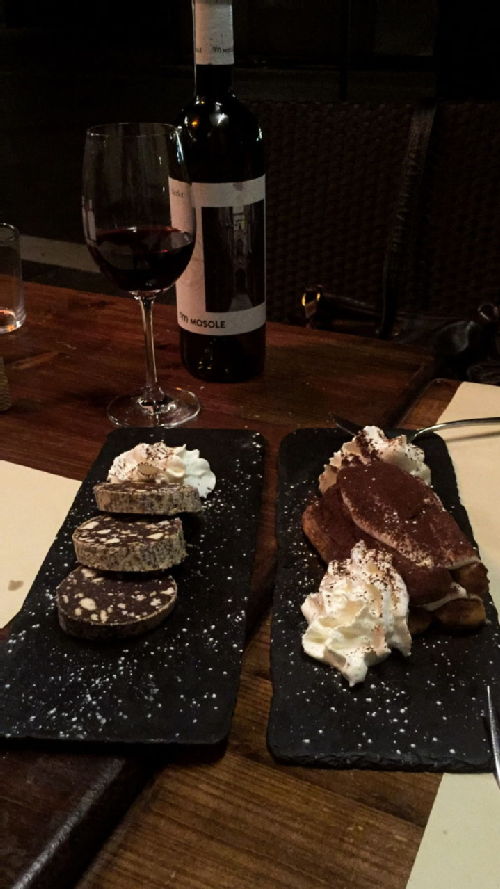
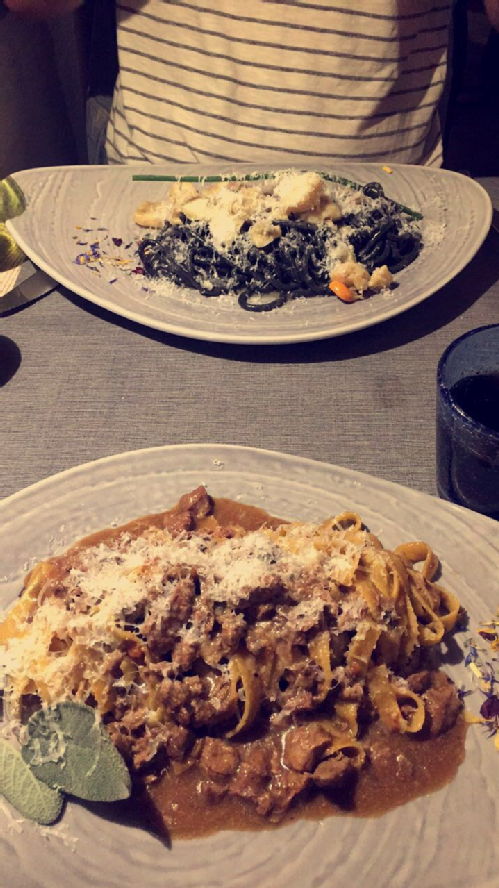
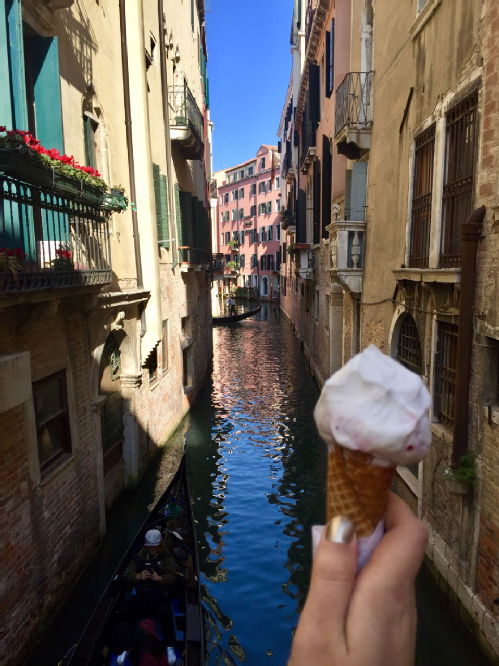
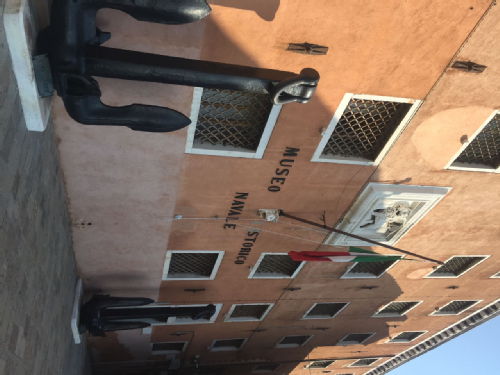
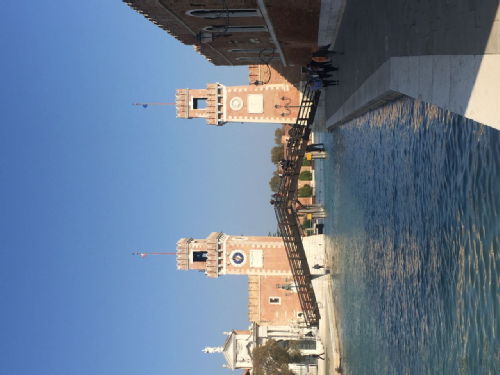
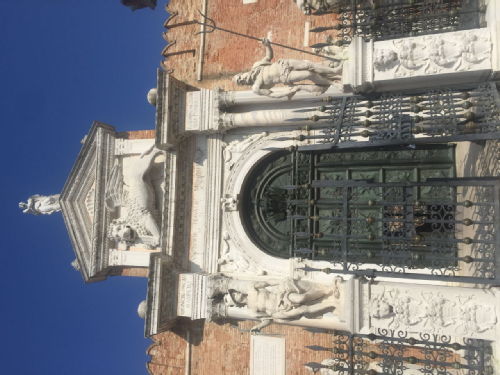
 Loading…
Loading…

